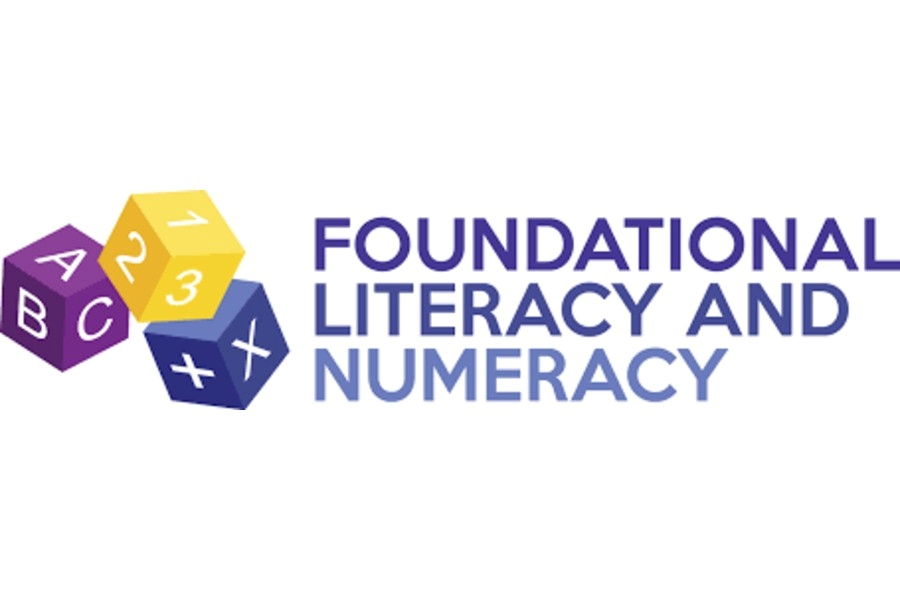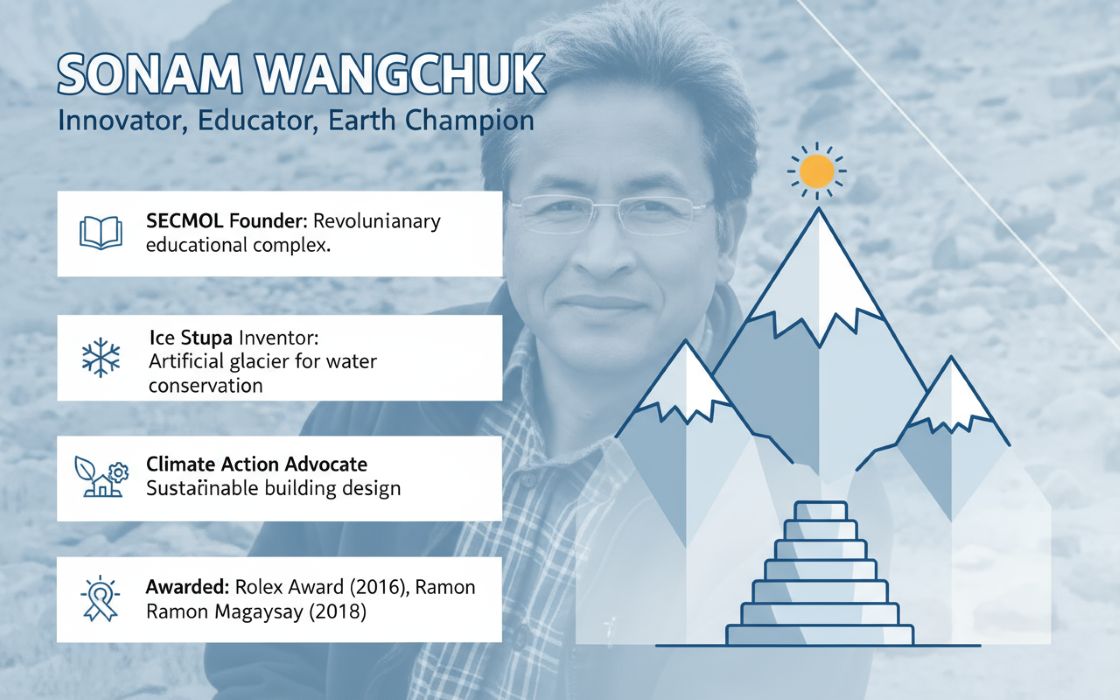Philanthropy in India has seen a remarkable transformation in recent years, with an increasing number of individuals and organizations stepping up to make meaningful contributions towards societal development. Among the key players in this evolving landscape is Accelerate Indian Philanthropy (AIP). Established with the mission to build a vibrant network of philanthropists and inspire strategic giving, AIP engages Ultra High Net Worth Individuals (UHNIs) at various stages of their giving journey. Backed by 42 extraordinary founders, including key figures like Ashish & Manisha Dhawan, Rohini Nilekani, Amit Chandra, and Vishal Tulsyan, AIP leverages their diverse expertise to drive meaningful philanthropic endeavours. Through its four strategic pillars—engaging philanthropic networks, developing knowledge resources, co-creating bespoke giving plans, and thought leadership—AIP aims to transform the landscape of giving in India.
In this exclusive interview with TheCSRUniverse, Radhika Jain, Philanthropy Partner, AIP and Bhavana S. Resmi, Program Manager, AIP delve into the core objectives of AIP, their strategies for enhancing philanthropic impact, and the significant achievements they have made since their inception. We also explore insights from their recent report, "Wealth with Purpose," based on interviews with 100 UHNIs, and discuss the critical gaps that need to be addressed to unlock the full potential of Indian philanthropy.
Read the full interview for deeper insights:
Q. Please take us through the mission and key objectives of Accelerate Indian Philanthropy (AIP) and give us an idea about the resource pool under its management.
A. AIP was established with the mission to build a vibrant network by and for philanthropists, and to inspire, influence, and inform strategic giving. The organization engages with UHNIs across varying stages of their giving journey, fostering connections, shared learnings and collaboration.
AIP does not attract funds onto our platform for disbursal, we are sector agnostic and provide pro bono support to those who are keen to give more, give sooner, and give better
We are backed by our pool of 42 extraordinary Founders, including 4 Core Founders – The Convergence Foundation (Ashish & Manisha Dhawan), Rohini Nilekani Philanthropies, ATE Chandra Foundation (Amit Chandra) and Vishal Tulsyan. In addition to running their own philanthropic initiatives, our Founders are a diverse set of thought leaders with who inspire others to think deeply about how to make their giving more impactful.
Q. What are the main strategies and programs you are currently focusing on to enhance philanthropic impact in India? What do you consider to be the most significant achievement in AIP’s journey so far?
A. AIP’s strategy can be summarized under four pillars: building an engaged philanthropic network; developing stacks of knowledge resources; co-creating bespoke giving plans; and thought leadership around ease of giving. These pillars help foster collaboration among philanthropists, share nuanced resources like sector primers, case studies, and reports, and create opportunities for peer learning through convenings, panel discussions, and workshops. Our team of Philanthropy Partners–spread across Delhi, Mumbai, and Bangalore–is also committed to engaging with philanthropists 1:1 on their giving plans that align with their personal motivation, values and philanthropic goals.
As a relatively new organization set up just 3 years ago, we are proud of the momentum that we have been able to generate within our philanthropic ecosystem, and our team of 13 dedicated personnel, each one of who brings their passion, knowledge and professional experience to bear across all four pillars of our operating model.
Our Founder network has grown from 10 to close to 40 within the past year, with more than 100 wealth creators actively engaged on their giving plans, and through participation in our thematic workshops and convenings.
Our network also comprises a diverse set of subject matter experts and nonprofit organizations across sectors, enablingbuilding of perspectives and partnership portfolios.
Earlier this year, we released a report titled Wealth with Purpose, the culmination of a research study carried out in collaboration with BCG. The report and the well-attended launch events in Mumbai and Delhi, have sparked spirited conversations and actionable steps towards strategic giving.
Q. The Wealth with Purpose report is based on the interviews of 100 UHNIs. What are the most significant insights that emerged from these conversations with respect to the giving preferences, perspectives, and decision-making of these individuals?
A. Our report is based on in-depth conversations with a diverse set of wealth creators, varied in terms of several factors like age, geographies, sectors, source of wealth and stage of philanthropy. This provided interesting insights on not only individual giving motivations and approaches, but also indicative of notable shifts in the overall philanthropic landscape.
Some key finding - UHNIs are highly motivated to give, with a staggering 90% of respondents interested in giving more. Further, meaningful philanthropy is often rooted in something deeply personal, with over 60% of respondents deciding to give after a personal milestone or life-altering experience. The report also highlights a shift from traditional, reactive charity to more strategic giving–especially as more UHNIs are increasingly thinking about scale, supporting more than one cause, and committing to enabling systemic change. Moreover, decision-making is becoming more participatory, with nearly 80% of respondents involving their spouse or family member in decision-making processes. It is also encouraging to see the next generation being more involved in these discussions at an earlier age.
Beyond these findings, our report also embraces each philanthropist’s unique identity, with all these different preferences and approaches culminating in six broad archetypes ranging from Inspiration Seekers who give more spontaneously, to Rainmakers who are more strategic and address systemic issues. These identities evolve over time, shaping exemplary giving journeys.
Q. How do you see its findings informing AIPs strategies and upcoming initiatives? Were there any findings that were in contradiction to your experience or expectations?
A. Our work at AIP is anchored in the tremendous opportunity for strategic philanthropy to play a much larger role in India’s transformation. This is especially true given the steady growth in the number of wealth creators in the country, as well as India’s rich legacy of giving. Our analysis reveals that if UHNIs in India allocate just 5% of their incremental annual wealth, they can unlock an additional philanthropic capital of ₹75,000 crores annually.
The report’s findings validate our approach so far–for instance, with peer inspiration becoming key in promoting strategic philanthropy, AIP’s role as a platform for and by philanthropists facilitates meaningful interactions. The findings also indicate that our initiatives can support a more diverse range of givers in the future, especially with 80% of respondents who emphasise starting philanthropy early belonging to the younger generation. As AIP’s network expands, we look forward to rolling out more targeted initiatives for engaging with this dynamic, next-gen group, in addition to building on our existing initiatives.
While the findings did not significantly contradict our experience, I was pleasantly surprised to find several respondents thinking more strategically about their philanthropy and also adopting a more flexible approach –whether in terms of supporting a variety of causes, providing more multi-year, flexible grants, or adopting a cogent framework for deciding on quantum of philanthropic giving. It served as a reminder that strategic giving doesn’t necessarily mean adopting a rigid structure or approach, but rather aligning practices more closely with a well thought out giving philosophy.
Q. What are the critical gaps that need to be addressed to unlock the full potential of Indian philanthropy? Also, what are the most promising trends that emerged from these interviews?
A. One of the major barriers is structural–over 60% of our respondents identified challenges like navigating the complex regulatory landscape, lack of accessible resources to inform decision-making, and difficulty forming trust-based relationships with nonprofit partners. A second key barrier is personal, with over 30% respondents citing lack of motivation and expressing hesitation over the role of personal philanthropy, in addition to other forms of contribution like CSR. Cultural factors also play a role, with many UHNIs preferring to preserve wealth for future generations, and fewer incentives to openly discuss philanthropy within their social circles.
Some respondents also propose insightful solutions to overcome these barriers, such as joining collaboratives for accessing knowledge resources and forging relationships with nonprofit partners to get clarity on their goals. Building on these promising perspectives, our report reveals trends such as the increasing role of collaboration, not just with nonprofits and other philanthropists, but stakeholders such as government bodies and local communities. Despite personal and motivational challenges, the more engaged these philanthropists become, the better they navigate these barriers. Recognizing and collectively addressing these gaps is essential to catalyze India's development.
Q. It has been observed that specific sectors and geographies attract a significant portion of philanthropic funding in comparison to others. What insights does the report provide about underfunded sectors, and how does AIP plan to support them?
A. Our report aligns with other studies that show that Education and Healthcare attract the most funding (over 70 and 50 per cent, respectively), as they are perceived as basic universal needs with far-reaching impact. At the same time, we’re seeing a growing interest in sectors like Gender Equality and Environment Sustainability, the latter being increasingly recognised as an existential challenge, motivating many to contribute to address not just its immediate effects, but a fundamental, long-term problem. Some philanthropists are also drawn to niche causes like Mental Health and Art & Culture with the aim of generating a ripple effect through their interventions.
While AIP is sector agnostic, we recognize the importance of supporting a range of causes, and offer perspective-building tools like philanthropic primers on sectors, including these niche areas, to enable informed decision-making. We also recognize that causes are not monolithic–there are important convergences and sub-sectors. For example, air pollution and public health are deeply intertwined, and addressing one can have profound effects on the other. AIP aims to enable more balanced, informed, and impactful giving across diverse sectors by highlighting such overlaps.
Q. Collaboration among philanthropists can play an instrumental role in elevating impact. What evidence does the report present on successful collaborations, and what role does AIP play in facilitating such partnerships?
A. While many philanthropists operate independently through their own philanthropic foundations or direct grantmaking, our findings reveal that when they collaborate, the ability to scale solutions, share resources, and tackle systemic issues grows significantly. Many UHNIs expressed a desire to learn from others, with nearly 40% being inspired by their peers’ stories. Successful collaborations highlighted in the report often involve pooling expertise and funds, particularly in areas requiring long-term, multi-stakeholder solutions. The establishment of higher education institutions like Ashoka University, Plaksha University, and the Indian School of Business, for instance, through substantial seed funding and support from philanthropists, entrepreneurs, and academic stakeholders demonstrates the role of collaboration in creating lasting, cutting-edge institutions.
While collaboration isn’t always the first instinct for every philanthropist, some of whom prefer maintaining control over their giving through their own vehicles, more and more givers are recognizing the value of working together to create broader, more sustainable impact.
AIP plays a vital role in facilitating these partnerships, offering a platform where philanthropists can meet, share ideas, and explore opportunities to collaborate. Our network of deeply committed philanthropists–including our Founders and Core Founders–also extends to a vast range of mission-driven nonprofit organizations and subject matter experts, enabling insightful exchanges amongst diverse stakeholders.
Q. How does AIP support philanthropists in being innovative and leveraging technology in their initiatives? Are there any instances where an innovation or technology led to a significantly enhanced impact?
A. Philanthropy has the ability to drive innovation by funding risky capital for R&D projects, unlike other modes of philanthropy (like CSR) which is constrained by regulatory mandates and alignment with corporate philosophy. As a result, philanthropists are well placed to fund pilot interventions and support their nonprofit partners in experimentation. Since technology is a lens that cuts across sectors, we deploy it in our understanding of various sectors, such as education and climate. We encourage philanthropists and nonprofit stakeholders to collectively discuss not only the significance of technology, but also brainstorm specific interventions–for instance, using agri-tech for sustainable farming practices in a particular region. We also introduce these themes through our perspective-building products like sector primers and thematic workshops.
Our team is also committed to leveraging technology for our own use, conducting internal learning sessions on optimal usage of AI tools, to not only increase our efficiency as an organization, but also showcase innovative interventions to our network members.
Q. Collaborating with governments is often crucial in economies like India. What are the significant advantages and challenges of partnering with government entities? How does AIP engage with government agencies to ensure alignment and sustainability of its philanthropic projects?
A. Philanthropy plays an important part in supporting the government in scaling programs and operating more efficiently. While philanthropists bring innovation, entrepreneurial ethos, and fresh perspectives, only the government can provide the reach and infrastructure needed to implement these solutions at scale. Collaborating with the government is key for systemic change–these partnerships help address root causes, achieve population-level impact, shift public mindsets, and promote sustainable solutions beyond the lifecycle of the intervention.
We encourage philanthropists to adopt a portfolio approach and collaborate with a range of organizations/ network members, including those who are adopting a systems change lens in their initiatives. We also work closely with our network members to highlight the importance of these partnerships and connect them with other philanthropists who are partnering with the government. For instance, Wadhwani AI has partnered with the Ministry of Health and Family Welfare to incorporate a Clinical Decision Support System into the Health Management Information System, which has helped enhance efficiency of healthcare consultations especially in remote areas. Similarly, Koita Foundation has partnered with the National Health Authority for initiatives like developing training programs for state health officials and rolling out the Ayushman Bharat Digital Mission (ABDM) digital health platform.
Such partnerships demonstrate how philanthropy can help create innovative public goods, build evidence for scaling programs efficiently, strengthen institutional capacity, and unlock longterm funding.
Q. How can philanthropic investments be steered towards creating positive outcomes for the most marginalised sections and support true nation-building? Are there any specific domains where you feel philanthropy can be more effective than government initiatives?
A. Philanthropy can play a unique and powerful role in creating positive outcomes for the most vulnerable and remote communities. Unlike other funding sources, it offers the flexibility to take risks and invest in research and development for new ideas. Philanthropists can pilot innovative programs, test new approaches, and partner with the government to scale successful initiatives. Additionally, philanthropy can help build ecosystems by creating knowledge, fostering partnerships, and offering platforms for learning and collaboration. Moreover, philanthropists can adopt a long-term view to support marginalized groups by offering flexible, unrestricted funding to implementing orgs working with these sections. This ability to connect and share resources is critical for long-term impact.
Q. Going ahead, how do you see AIP evolving as an organisation over the next 3-5 years? Are there any specific goals that you have set for yourself?
A. We are committed to our vision of seeing strategic philanthropy impact India’s transformation. Our goals include expanding our network to 400 members across India and the diaspora community, and help unlock ₹100 billion in catalytic philanthropic funding. While evolving as an organization lies in expanding the strength of our network and initiatives across our key pillars, evolving also entails continuing to learn from and collaborate with our ecosystem partners. As a platform, we strive to continue building our expertise on best practices to support philanthropists as well as our larger cause of accelerating philanthropy to drive impact across communities, sectors, and levels of interventions. We envision AIP as evolving into a stronger platform for catalyzing not just individual giving, but also collective action to address India’s most pressing challenges.

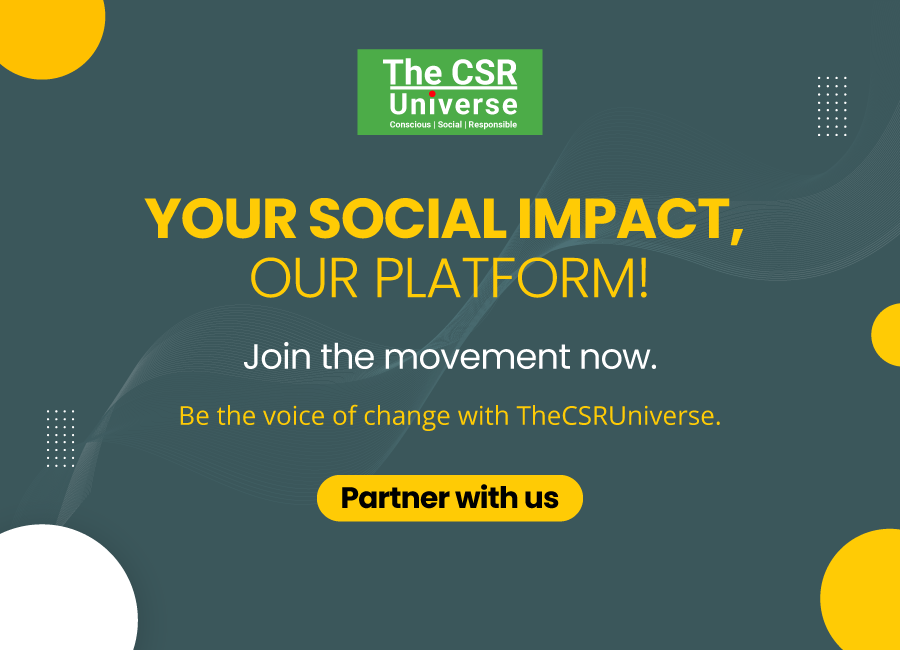

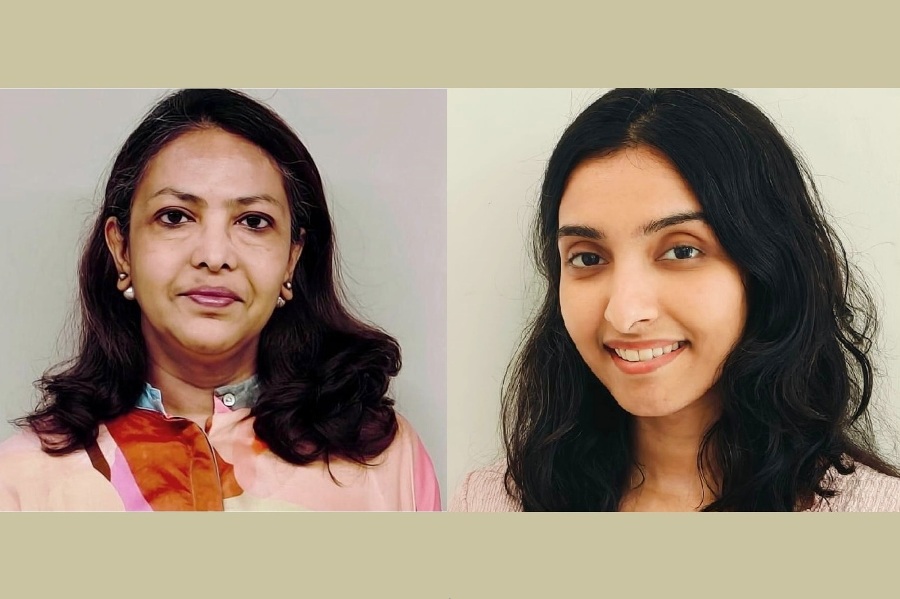
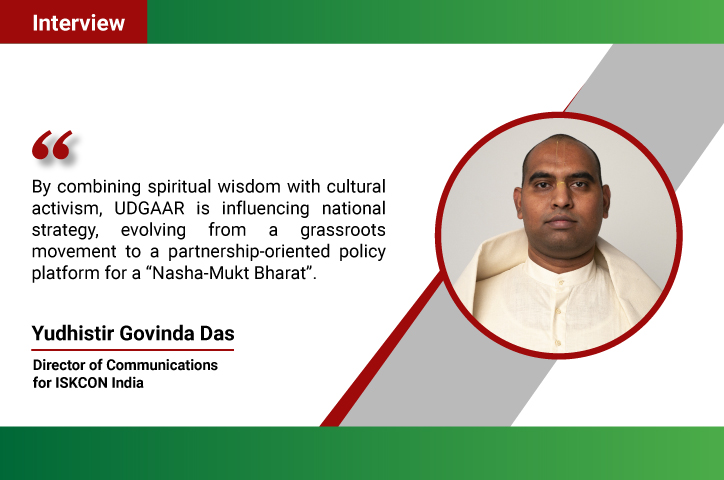

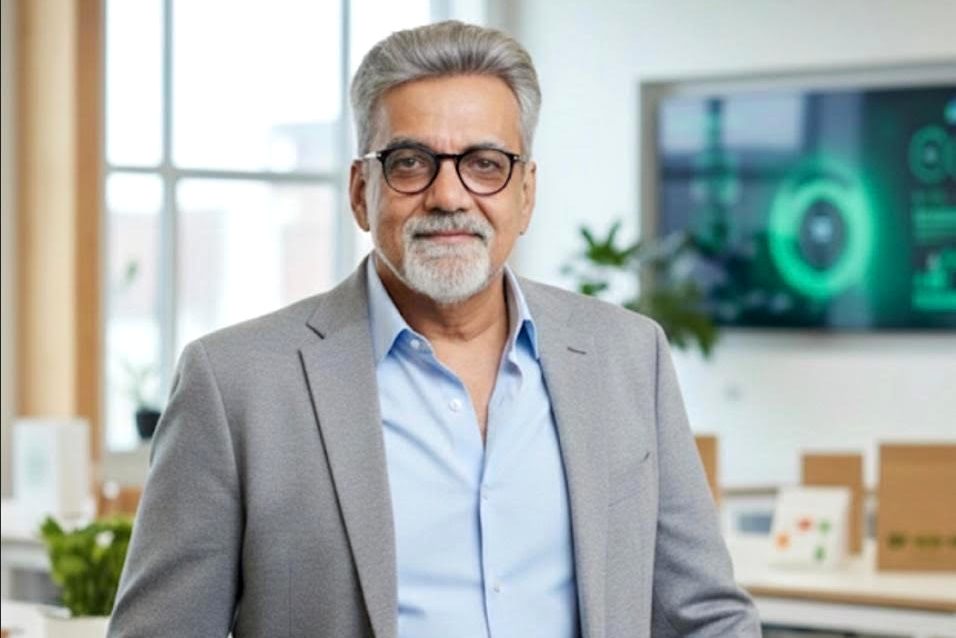

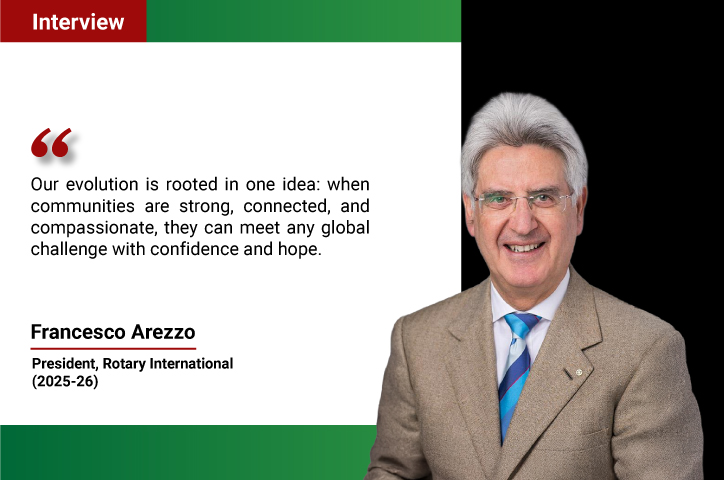
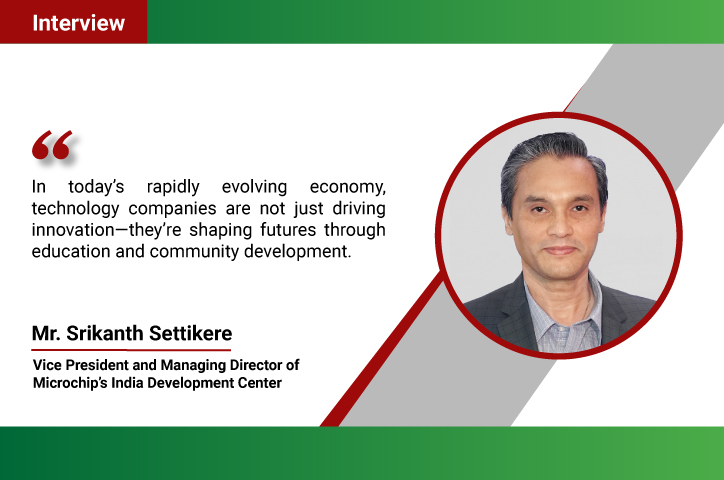
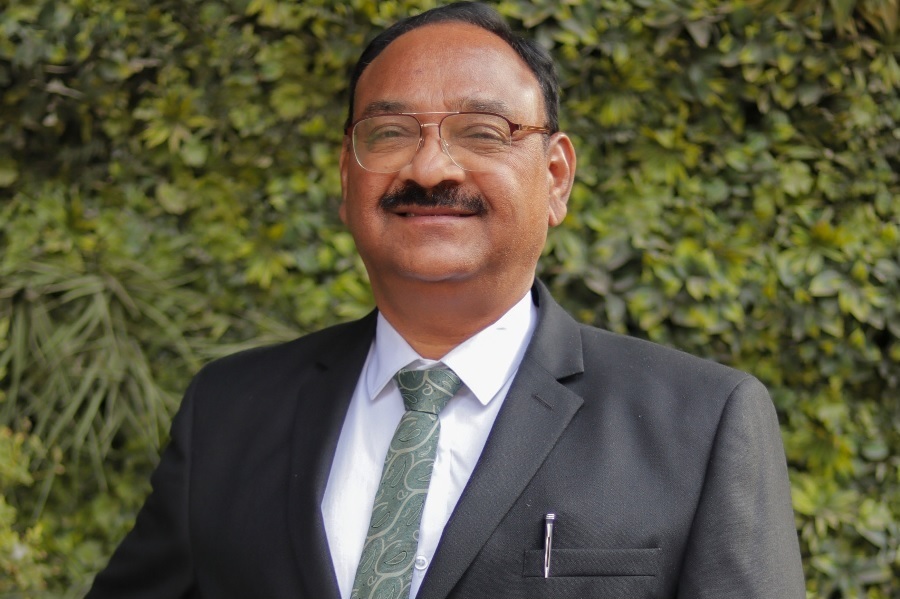
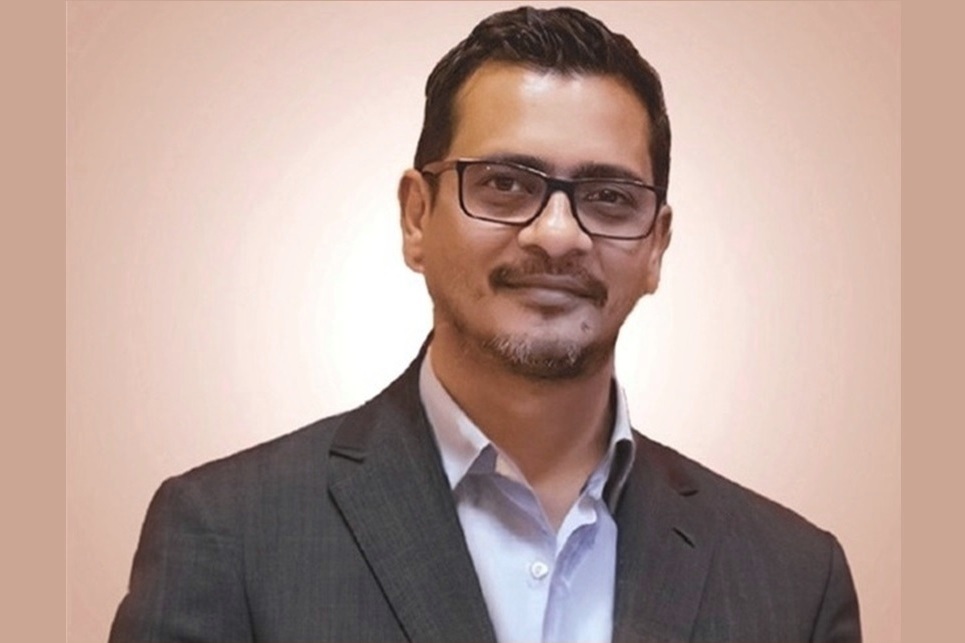

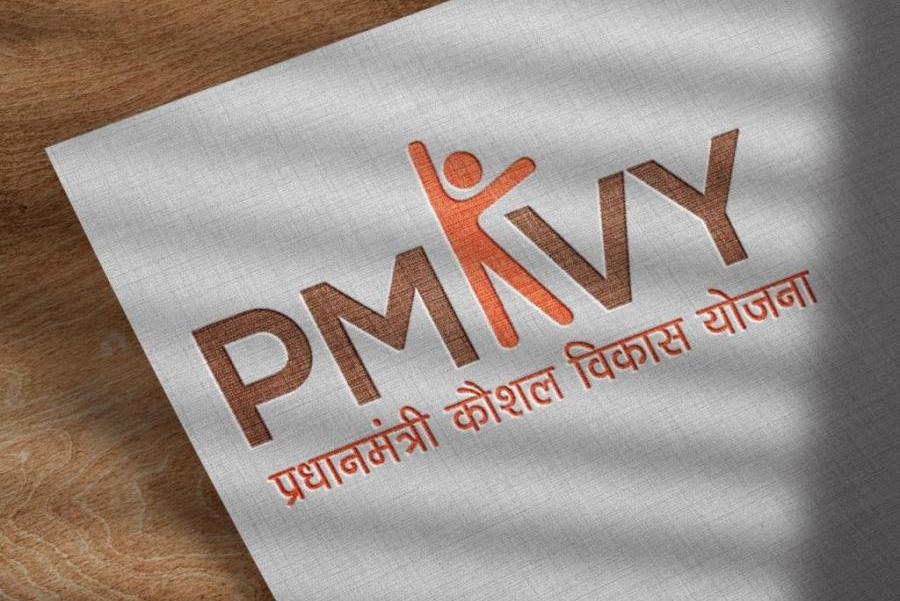
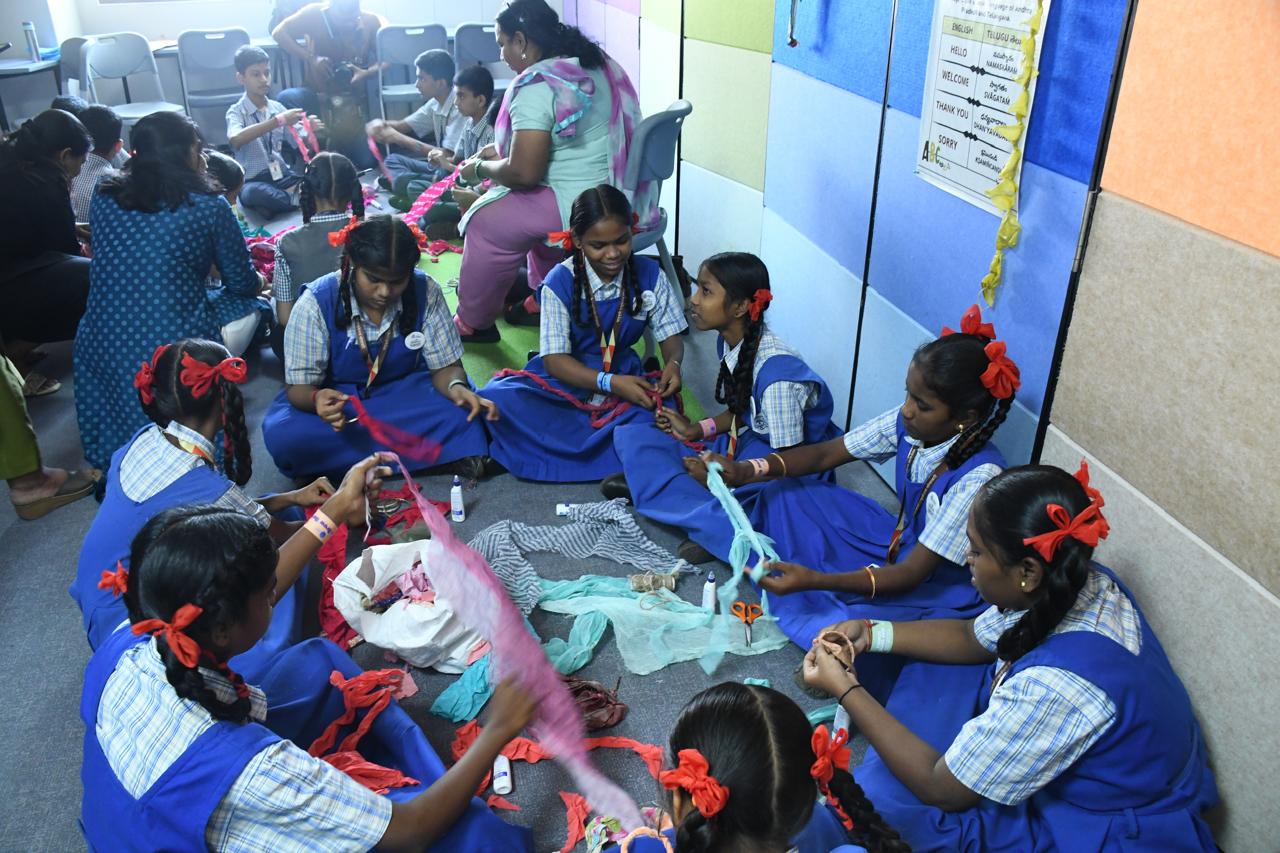
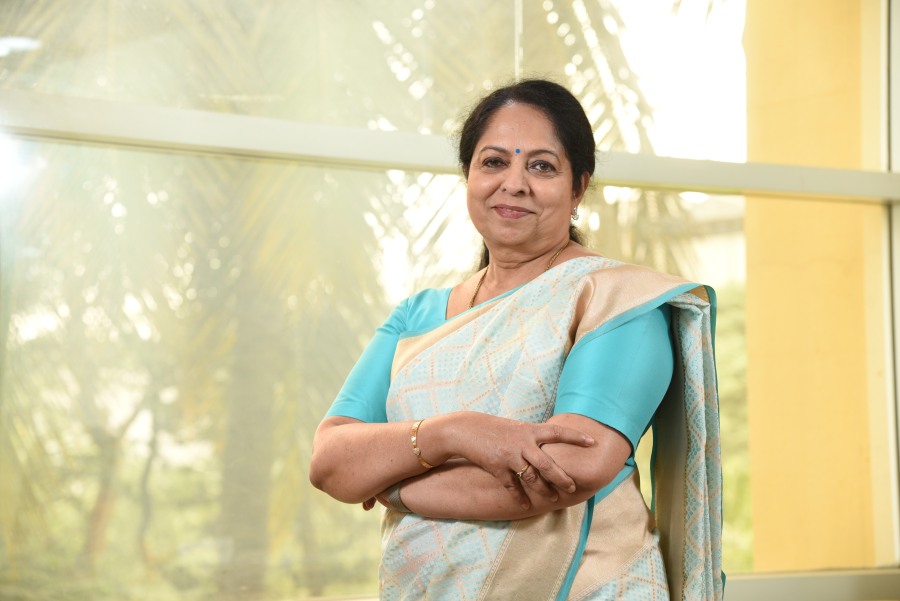
.jpg)
